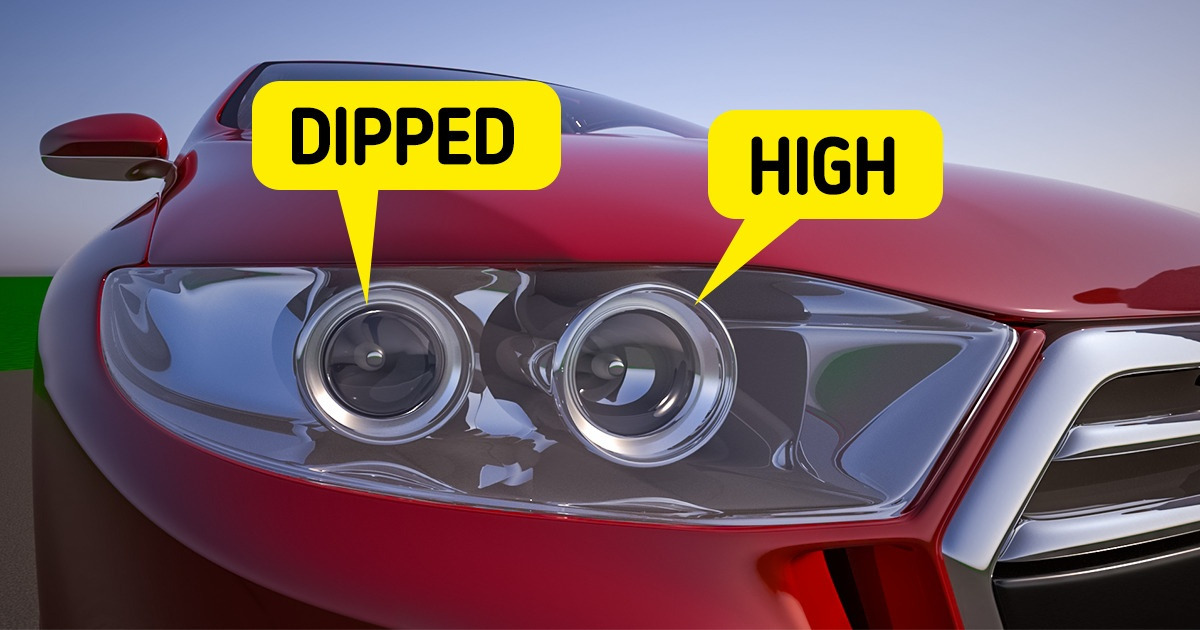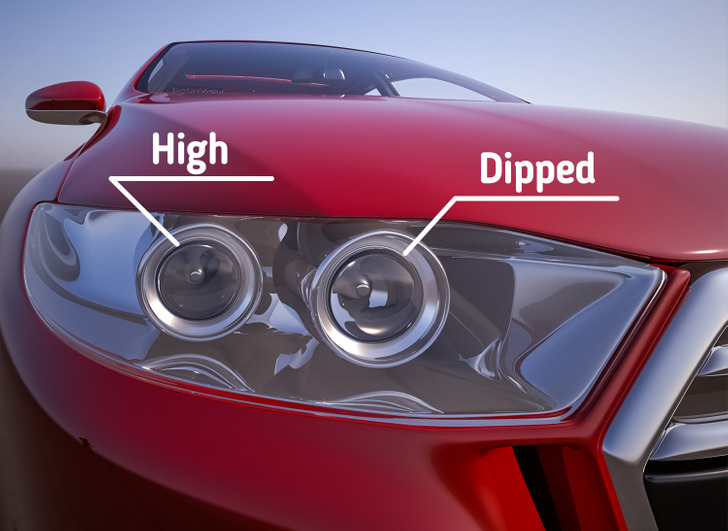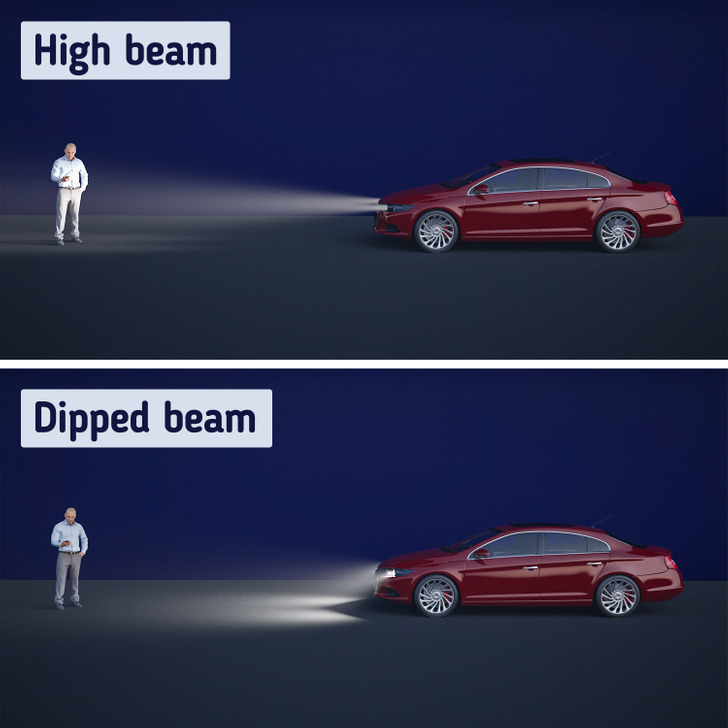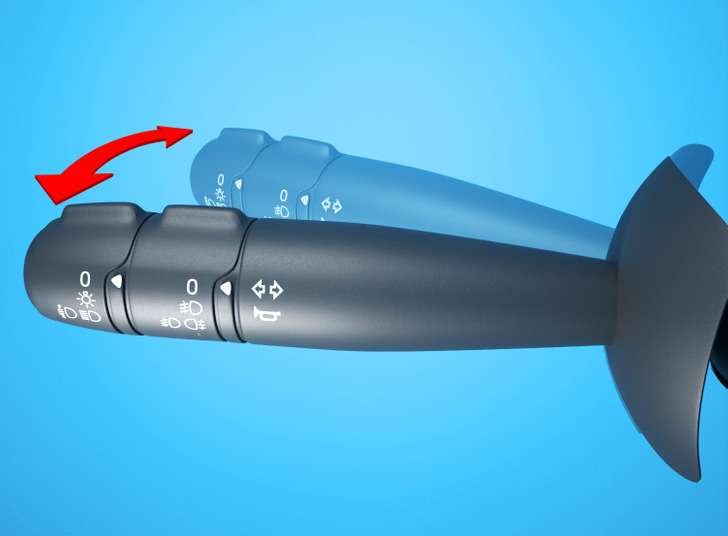The Difference Between Dipped and High Beams, and When to Use Them

Cars have several kinds of signal lights: indicators that also work as hazard signals, tail lights, ones right next to the brake lights, and headlights that can be set to different modes. In our article, we will take a look at how to use dipped and high beams because it’s a simple way to make the ride safer.
We at 5-Minute Crafts are going to tell you, in detail, when to use different beams.
What dipped and high beams are

High beams are the brightest kind of light on unspecialized vehicles. They are located at an angle above the dipped lights, which allows the driver to see most of the road. They are used only on unlit parts of the road during the night.
The main goal of high light is to give the driver the best visibility on the road. By the way, the driver can upgrade the high beams. There are many options, such as modern halogen lamps, LED lights, and HID.
Dipped lights help see from 50 to 75 meters in front of the car. This is the most frequently used car light type, and they get their name from being angled downward, toward the road. Unlike day lights, they make your car more visible to others and improve visibility in darkness, mist, and bad weather.
It’s important to say that dipped lights only use white light. Another thing about dipped lights is that the beams are not symmetric. The right side is lit more than the left one, which is why oncoming traffic is not blinded and the driver can see the road marks and signs well.
The main point of dipped lights is to make driving safe for other people.
When to use the right beams

Dipped beams light 50-70 meters of the road and are angled downward to make it possible for others to see what’s in front of them.
High beams light 105-120 meters forward. The beam is more powerful, which might impair visibility for other drivers.
You need to make the decision of whether to use the dipped or high beams based on the following conditions:
- Darkness
- The location of other cars on the road
- Weather
Using high beams in bad weather may impair other drivers’ visibility, which makes it unsafe. So every time the high beams can blind someone else, the driver has to switch to dipped lights. High beams should be used on rural roads at night when there are no other cars and the weather is good.
The main difference between dipped and high beams is that dipped lights are used for regular driving at night and high beams are used to drive in rural areas or on small roads with little or no light.
How to switch from dipped beams to high beams

To turn on high beams, move the turn signal switch toward the dashboard. When it clicks, there should be a high beam indicator on.
To turn the dipped beams on, pull the switch toward yourself until you hear a click. The high beam indicator will be off.
In some new car models, there’s an interesting technology — high beam assist. It sets the lights in the right position automatically so the driver doesn’t need to do anything themselves.